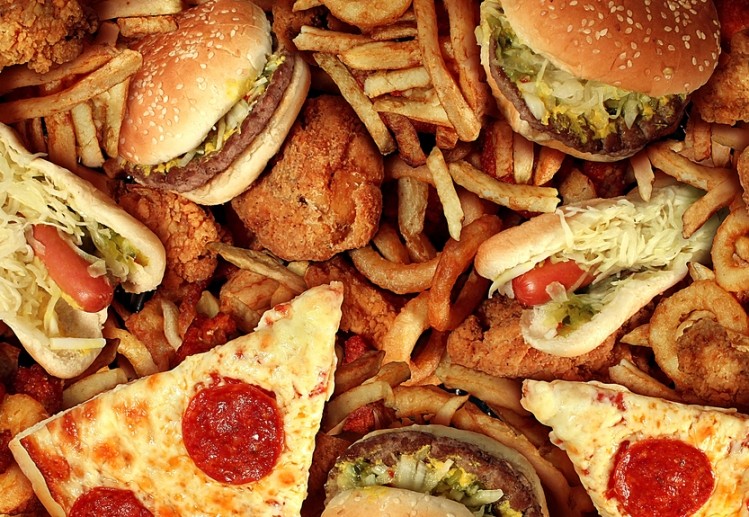Industry backs ban of online junk food ads for children

Previous rulings prohibited advertising foods high in fat, salt or sugar (HFSS) on children’s television, but following concerns over a continued rise in childhood obesity and levels of diabetes, the CAP chose to extend the ban.
It says it is also responding to new research by the UK's independent regulator for broadcasters, Ofcom, which shows the time spent online by children has overtaken that of television, averaging 15 hours a week on the internet.
Children’s media will be defined by the average age of the audience; if 25% or more of the reported audience are children, the new rules will apply.
This also includes product placement. “Licensed characters and celebrities popular with children” can no longer indirectly promote junk food, the ruling said advertisers can now use those techniques to promote healthier options instead.
The CAP defines HFSS foods using the Department of Health’s profiling model.
The Food and Drink Federation (FDF), the voice of the food and drink industry in the UK, threw its weight behind the new rules.
"We fully support this landmark move in UK advertising… UK food and drink companies have a high compliance rate with advertising rules,” it said.
Last year, FDF announced its backing for major changes to the way food and drink is advertised, based on our belief that non-broadcasting advertising rules should be in line with the strict rules already in place for TV.
"HFSS food and drink ads have long been banned on children's TV, with under-16s today seeing far fewer of these ads than in recent years. As young people move away from traditional media towards new and social media, we feel it's important that ad rules keep up with this change."
Not far enough?
Despite the extent of the measures, which seek to ensure social media platforms and online video sharing sites like YouTube cannot promote HFFS products, campaigners see the ruling as having fallen short.
Malcom Clarke, co-coordinator of ‘Children’s Food Campaign’ said the CAP has failed to learn from the food industry’s exploitation of loopholes and that the 25% rule was not enough.
“We don’t know exactly what would be covered or not… Would it cover a brand’s Facebook, Twitter, Instagram or Snapchat account? Unlikely. Would it cover popular vloggers on Youtube who have a demographic ranging from say 10-24? Possibly not. Would it cover billboards near schools? Probably not unless the ads proclaimed ‘hello school kids’ or such like.”
Clarke said his campaign instead supported a collection of advice from the Advertising Standards Authority (ASA) which has never been codified, and includes prohibiting ads containing “colourful and exaggerated style” and “characters that children aspire to be.”
He claimed this much stricter approach is being advocated in many countries by emerging consensus of academics and public health professionals.






